William O'Connell
"The snipers were round about us; they were everywhere."
- Sergeant William O'Connell
While there is little information about RIC Sergeant William O’Connell's police career before the 1916 Rising, he wrote a detailed account of his actions at the Battle of Ashbourne and produced a sketch map of his experiences that day. Originally published by the Royal Irish Constabulary Gazette in June 1916, he also gave a copy to the Irish Bureau of Military History in 1931.
The map identifies the relative positions of the key features of the battlefield at the Rath Crossroads. It also identifies features such as the watercourse along the right side of the Slane road and a gateway along the Garristown road, as well as the relative positions of Irish Volunteer snipers.
Sergeant O’Connell was stationed at the Drumcondra RIC barracks in Meath and was one of the first reinforcements dispatched to protect the Marquise of Conyngham at Slane Castle on the 25th of April, 1916. On Thursday the 27th, O’Connell and fourteen other constabulary were deployed in ambush positions by District Inspector Harry Smith at the bridge in Slane, in anticipation of an imminent attack by the Irish Volunteers. The following day, Sergeant O'Connell accompanied D.I. Smyth travelling in the last car of the RIC motorised column as it set off to intercept the 5th Battalion at Ashbourne.
In his statement, O’Connell recounts how their car experienced two punctures on the way to the Rath Crossroads, the second at Kilmoon, where they were told by an old man that the ‘’Rebels’’ were at Ashbourne. They set off again and Smyth ordered O’Connell to use his whistle in an attempt to alert County Inspector Gray who was in the lead car. However, they were unable to overtake the intervening cars and so were still in trail position when Grey took the fateful decision to halt just short of the Rath crossroads.
Leaving the car, Sergeant O’Connell along with Inspector Smyth climbed a fence to survey the surrounding terrain and it was while he looked towards the Garristown road that the battle began. On two occasions, O'Connell describes engaging Volunteers as they appear on the road. During the first incident, he describes how he shot a young Volunteer, an after the battle comes across his dead body while the rebel's brother is crying over him. As the day wears on, O’Connell recalls how the RIC were outflanked by the Volunteers as more and more RIC casualties pile up. Significantly, he also states that the RIC took fire from behind their position from the beginning of the battle. He characterises the Volunteers fire as systematic and accurate, and recalls the attrition inflicted by them through a combination of buckshot and what he terms explosive rounds. O’Connell himself sustained minor wounds from buckshot to his hand and hip but kept fighting.
The statement from Sergeant O'Connell is unequivocal in its praise of Harry Smyth for his courage under fire, and recalls how he attempted to organise a defence of the RIC forces and later lead a breakout from their vulnerable position. O’Connell states that he did not personally see Smyth being shot but that he was one of those who recovered him and provided basic first aid to his fatal head wound until Smith died approximately 45 minutes later. After the surrender, O’Connell also encountered the badly wounded County Inspector Gray sitting in a car amid the carnage. The Sergeant informed Gray that Smyth was fatally wounded and in his statement he then recounts how Gray having been hit at the start of the battle had lain injured on the roadway attempting unsuccessfully to rally his men. O’Connell’s statement can be seen as attempting to mitigate somewhat the defeat inflicted on the RIC at Ashbourneand is a fascinating accounts of the battle, told from the perspective of brave fighting men caught in an increasingly desperate situation. Sergeant O'Connell would go on to receive a 'King's Police Medal' for his role in the Easter Rising, one of only four such medals to be issued to RIC men after the insurrection.
- Written by historian Tóla Collier, who features in Fingal's Finest. For more information, please visit the Battle of Ashbourne Centenary Committee webpage.


